Animal Production
-

To have a successful equine breeding program, producers must successfully
manage animals both pre- and post-breeding to ensure delivery of a healthy foal
while maximizing the health of the mare. The following information is designed
give a basic understanding of how to identify pregnant mares, to outline major
events in pregnancy development, and to identify some primary issues that can
cause complications in pregnant mares.Jillian Bohlen and Kari K. Turner
|
-
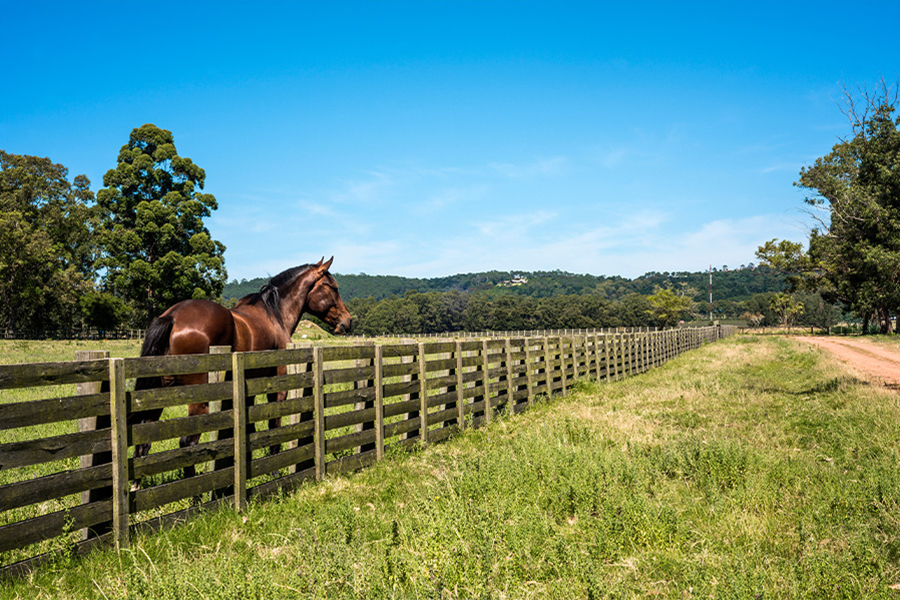
B 1192
Fences for Horses
Fences are necessary to safely confine horses yet provide them with the opportunity to exercise and graze. Because of the natural flight response of horses, they tend to injure themselves in fences more than most other livestock. In addition, many horses are extremely valuable and that justifies the extra cost of building a fence that is safe, strong and attractive. When selecting a fence, consider all three of these important functions: utility (keeping the horses in), safety and aesthetics. How much importance is placed on each function depends on the owner’s budget, the value of the animals and your priorities. A number of alternatives are available for consideration.
John W. Worley
|
-
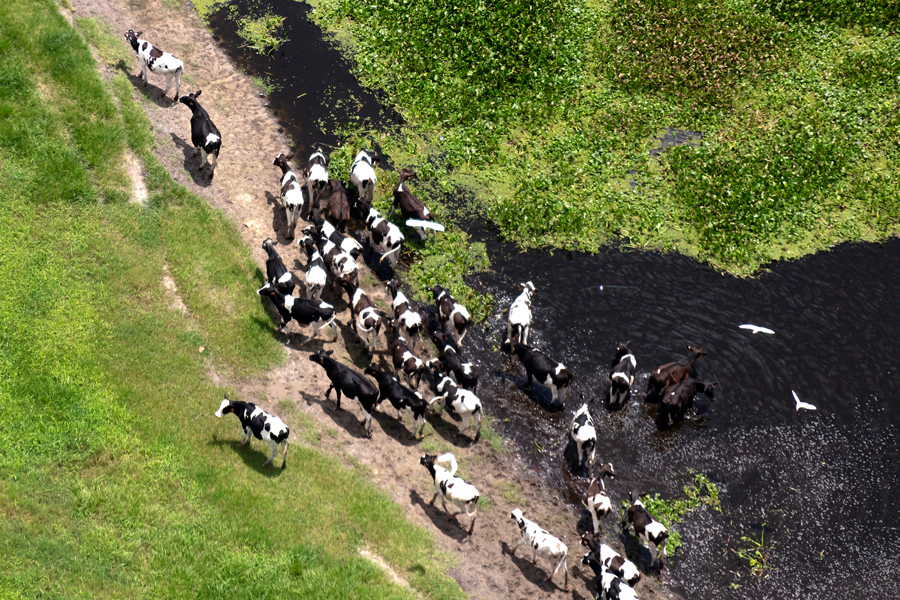
Allowing dairy cows the opportunity to graze pasture is a practice frequently used by dairy producers. Some producers use grazing as the primary source of forage while others use it as a supplement to a partial total mixed ration (pTMR). There are several challenges associated with grazing—especially during periods of heat stress—that producers should take into account to maintain intake and production, especially when grazing comprises a significant amount of the feed allotment. This bulletin will provide information on these challenges and changes that can be used to minimize the impact of heat stress.
John K. Bernard and Sha Tao
|
-
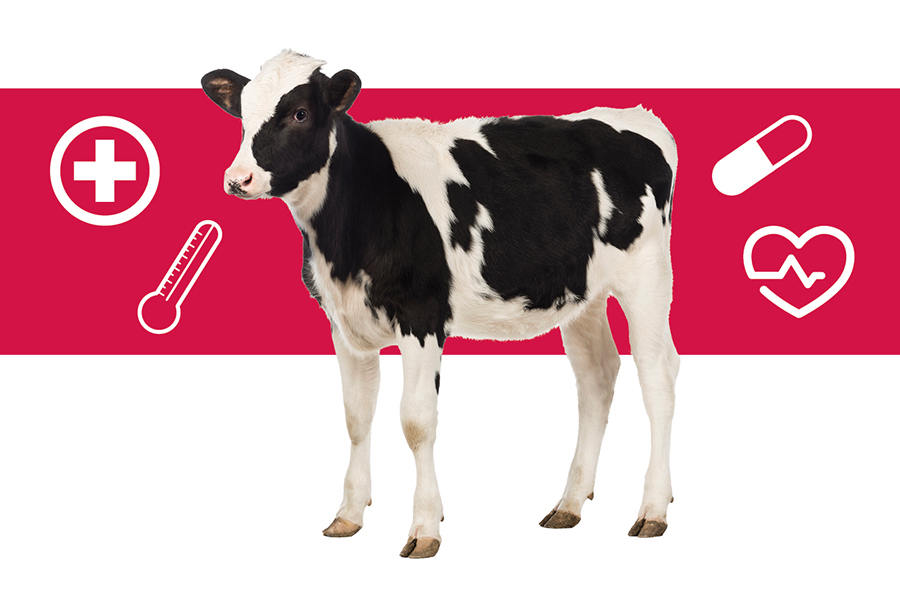
B 1500
Calf Health Basics
Calf health is a key variable for calf growth and performance. Producers should not expect to know all calf health issues, causes, and the most successful treatments. Instead, a producer’s main goal should be to accurately identify and differentiate normal from abnormal in a calf’s physical state and behavior. The topics discussed in this publications are intended to help producers notice key areas of observation while also helping to identify normal and abnormal health parameters in calves. This information can also be used to develop calf management protocols and treatment strategies.
Jillian Bohlen
|
-
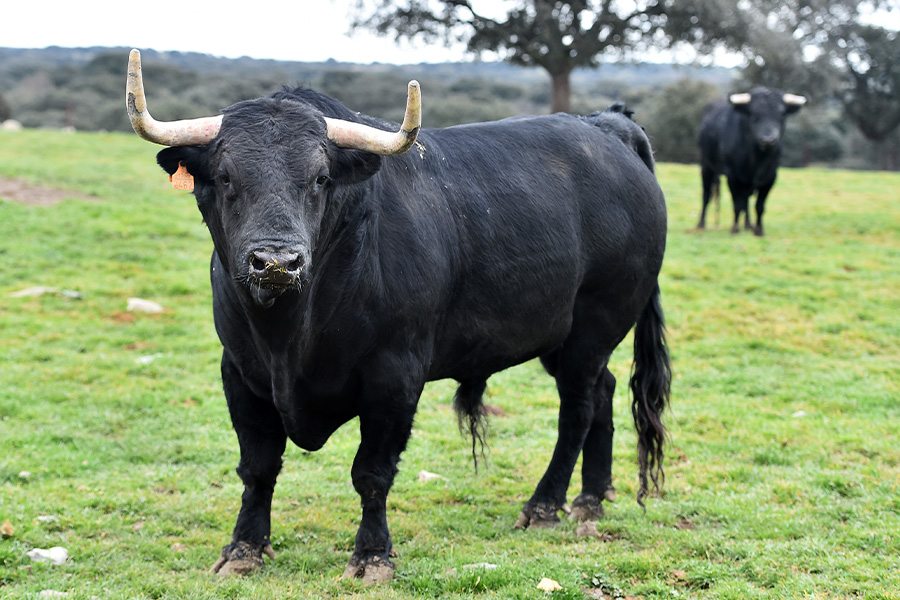
C 553
Bull Buyer’s Guide
Bull procurement decisions can greatly impact your future calf crops and herd genetics for many years. Selecting and buying a herd bull is the quickest way to make genetic improvement in your herd. The selection process must include looking for those traits that are economically important and highly heritable. Demand and buy bulls with total performance that will improve your herd. This publication discusses factors to consider when purchasing a new bull.
Lawton Stewart, Ted G. Dyer, and Ronald E. Silcox
|
-
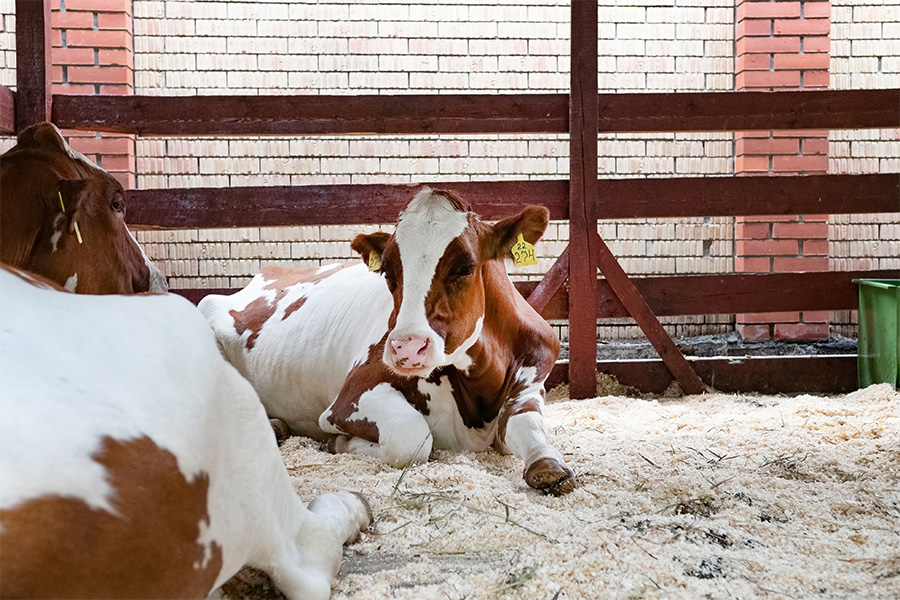
Cow behavior is critical for animal well-being and performance and influenced by many factors, such as heat stress. Under thermo-neutral conditions, cows spend half a day lying down and the rest of the time is distributed into standing, feeding and milking. However, when cows are exposed to heat stress, they spend less time lying down but more time standing up. The altered cattle behavior by heat stress may be associated with impaired productive and reproductive performance and an increase in disease incidence.
This publication focuses on the impacts of environmental heat stress on cattle behavior and the possibly related consequences.
John K. Bernard, Sha Tao, and Ana Paula Alves Monteiro
|
-

This bulletin provides information for producers, nutritionists, and feed industry personnel on formulating diets to maintain or improve milk composition. The value of milk components is increasing more than skim milk, so this topic impacts all dairy farmers. The publication provides information on feeding dairy cows for improved yield of milk components, providing background on how the cow synthesizes milk components and the dietary factors that affect milk component yield.
John K. Bernard and Sha Tao
|
-

Infectious Bovine Rhinotracheitis (IBR), commonly referred to as “Rednose,” is a disease resulting from bovine herpesvirus type 1 (BHV-1). The detriment of the disease, as well as the positive benefits vaccination can have on a reproductive program, needs to be on the forefront of a producer’s herd health program.
Jillian Bohlen
|
-
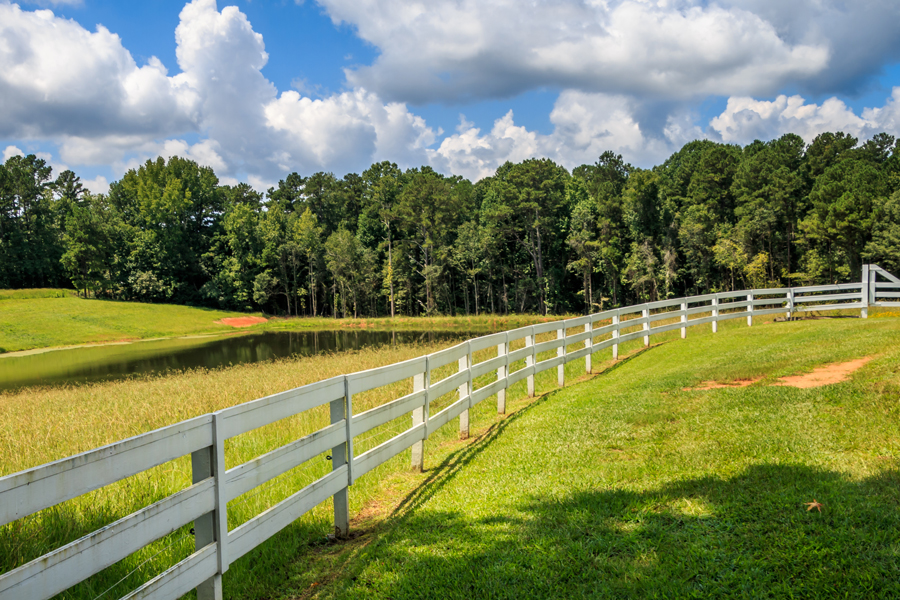
C 774
Fences for the Farm
Fences may be used to protect or divide property, to improve its appearance, to confine animals, or to exclude animals. This publication covers the planning for, type of, materials for, and maintenance of permanent and temporary fences.
John W. Worley
|